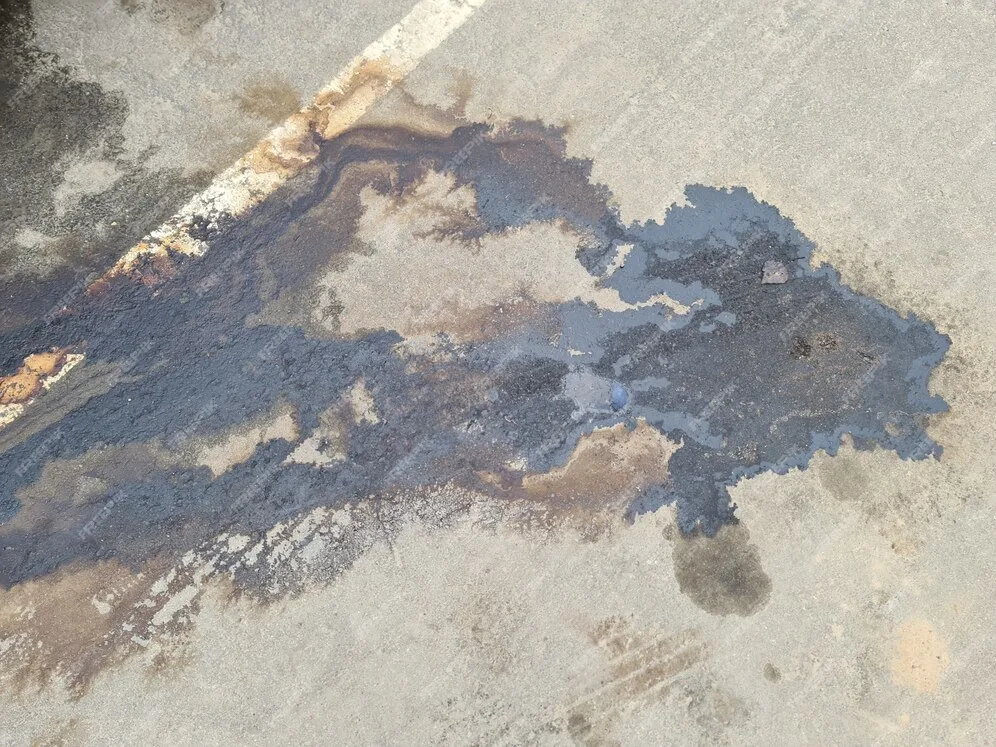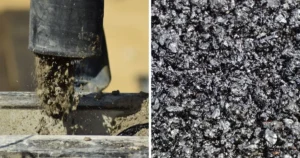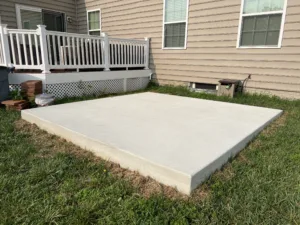A clean, well-maintained driveway is the hallmark of a proud homeowner and the envy of the neighborhood. However, even the most meticulously kept driveways are susceptible to the occasional oil stain. Whether from a leaky vehicle or an accidental spill during a weekend oil change, these stubborn blemishes can detract from your home’s curb appeal. But fear not, for oil stain removal is not only possible, it’s also relatively simple with the right approach. This comprehensive guide will walk you through Oil Stain Removal 101, ensuring your driveway remains spotless and attractive.
Understanding Oil Stains
Oil stains penetrate the porous surface of concrete or asphalt, making them particularly stubborn. The longer an oil stain sits, the deeper it seeps and the harder it becomes to remove. This guide focuses on concrete driveways, as they’re more prone to visible staining, but many of these methods can apply to asphalt as well.
Safety First
Before you begin, ensure you’re taking appropriate safety measures:
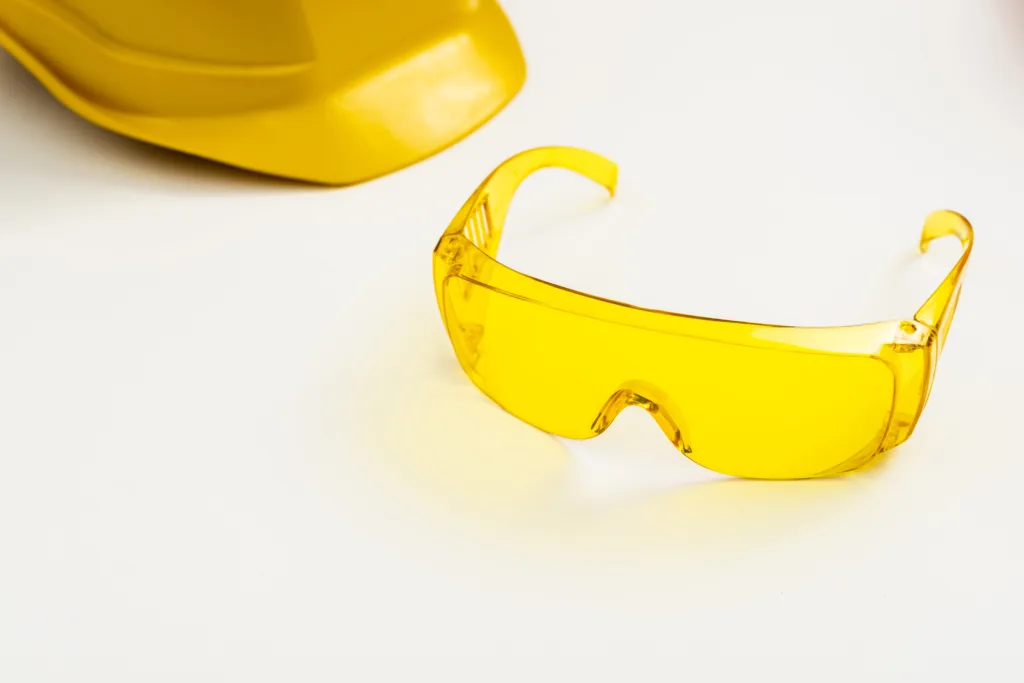
- Protective Gear: Wear gloves and, if you’re using strong chemicals, eye protection.
- Proper Ventilation: Work in a well-ventilated area to avoid inhaling fumes.
- Follow Instructions: Always read and follow the instructions on any commercial cleaner or solvent.
Step 1: Assess the Stain
- Fresh vs. Set-in Stains: Determine if the oil stain is fresh or has been sitting for a while. Fresh stains are easier to tackle.
- Size and Severity: Assess the size and severity of the stain. This will help determine the amount of cleaning solution and type of treatment needed.
Step 2: Pre-Cleaning Prep
- Remove Excess Oil: For fresh spills, immediately absorb as much oil as possible with an absorbent material like cat litter, sawdust, or cornstarch. Leave it on the stain for several hours or overnight, then sweep it away.
- Prep the Area: Sweep the area clean of any debris and dirt.
Step 3: Choose Your Cleaning Solution
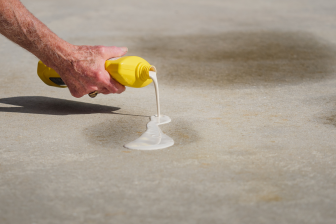
- Dish Soap and Hot Water: This mild solution is best for small, fresh stains. Apply dish soap directly to the stain, add hot water, and scrub with a stiff brush.
- Degreaser or Commercial Cleaner: For tougher or older stains, a commercial degreaser or driveway cleaner may be necessary. These products are specifically formulated to break down and lift oil from concrete.
- DIY Paste (Baking Soda or Powdered Laundry Detergent): Create a paste with baking soda or powdered laundry detergent and water. Apply to the stain, let it sit for several hours, then scrub and rinse.
- Microbial Cleaner: These environmentally friendly cleaners use microorganisms to break down oil. They’re slower acting but are an excellent choice for those avoiding harsh chemicals.
Step 4: Scrubbing and Rinsing
- Scrub: Use a stiff nylon brush to scrub the stain with your chosen cleaning solution. The physical action of scrubbing is often what lifts the stain.
- Rinse: Thoroughly rinse the area with a hose. For tougher stains, you might need to repeat the cleaning process several times.
Step 5: Advanced Techniques
- Pressure Washing: For very stubborn stains, a pressure washer can be effective, especially when used with a degreaser.
- Poultice Method: Apply a poultice (like a mixture of acetone and absorbent material) to draw the oil out of the concrete. Cover with plastic, let it sit for 24 hours, then scrape and clean.
- Professional Help: If the stain won’t budge, consider hiring a professional cleaning service that specializes in oil stain removal.
Step 6: Preventing Future Stains
- Regular Maintenance: Clean your driveway regularly to catch oil spots before they set in.
- Seal Your Driveway: Applying a sealant to your driveway can create a barrier that makes future spills easier to clean and prevents them from penetrating deeply.
- Immediate Action: The sooner you address an oil spill, the easier it will be to remove.
Considerations and Cautions
- Chemical Use: Some solvents and cleaners can be harsh and may damage your driveway or surrounding landscaping if not used carefully.
- Disposal: Properly dispose of any used cleaning materials or chemicals according to your local regulations.
- Surface Damage: Always test a cleaning method on a small, inconspicuous area first to ensure it won’t damage your driveway.
Conclusion
Oil stains on your driveway can be an unsightly nuisance, but they don’t have to be permanent fixtures. With the right knowledge, tools, and a bit of elbow grease, you can remove these stubborn blemishes and keep your driveway looking its best. Whether you opt for a simple dish soap scrub or a more advanced commercial cleaner, the key to successful oil stain removal is prompt and persistent action. And remember, the best defense is a good offense; regular cleaning and preventative maintenance can go a long way in keeping your driveway spotless and attractive. So next time you spot an oil stain, don’t despair—roll up your sleeves and get ready to make it disappear!

